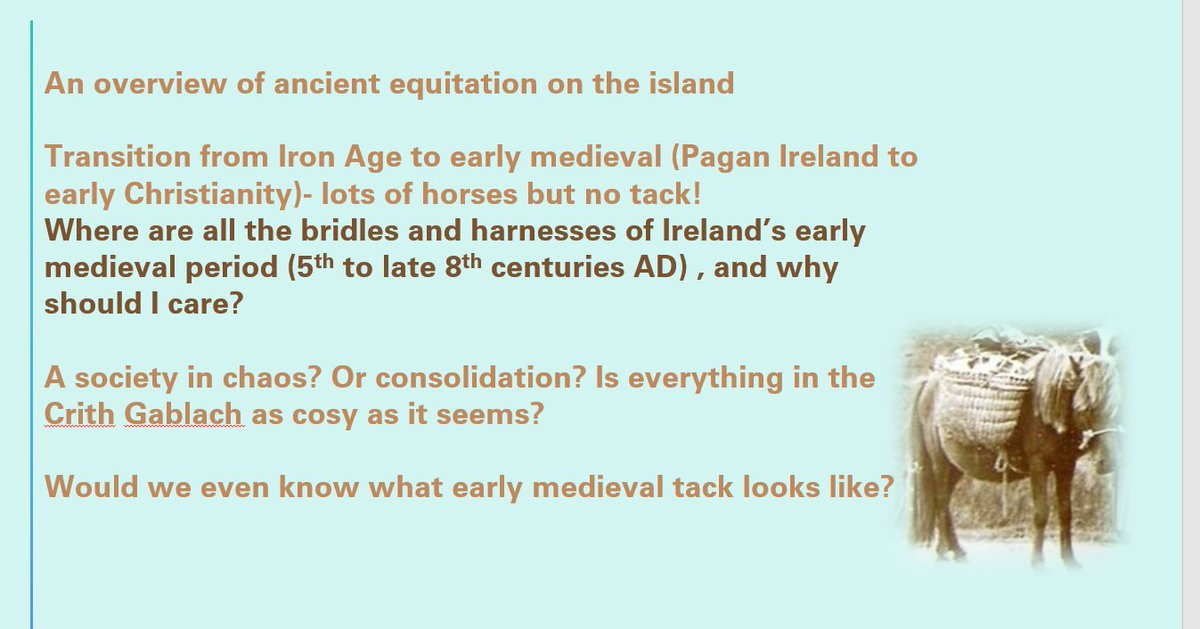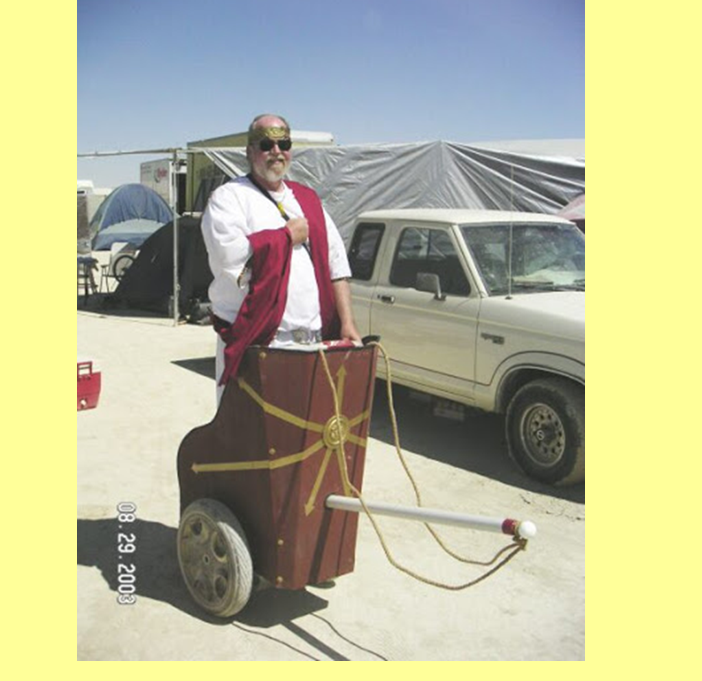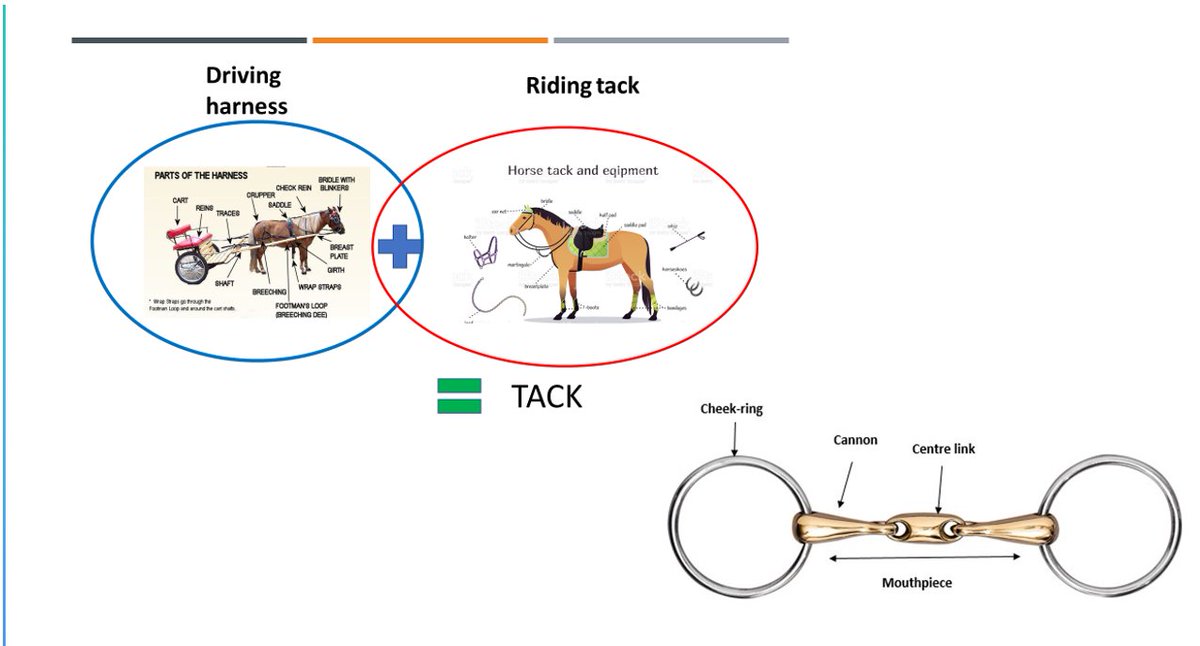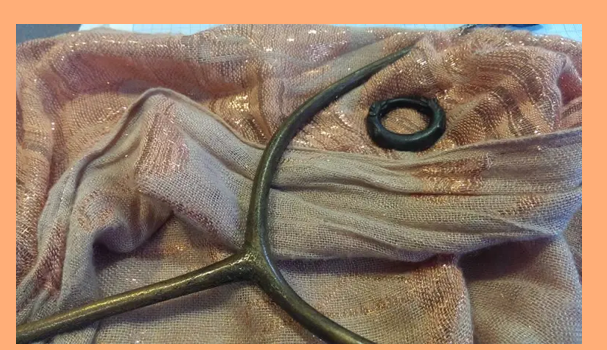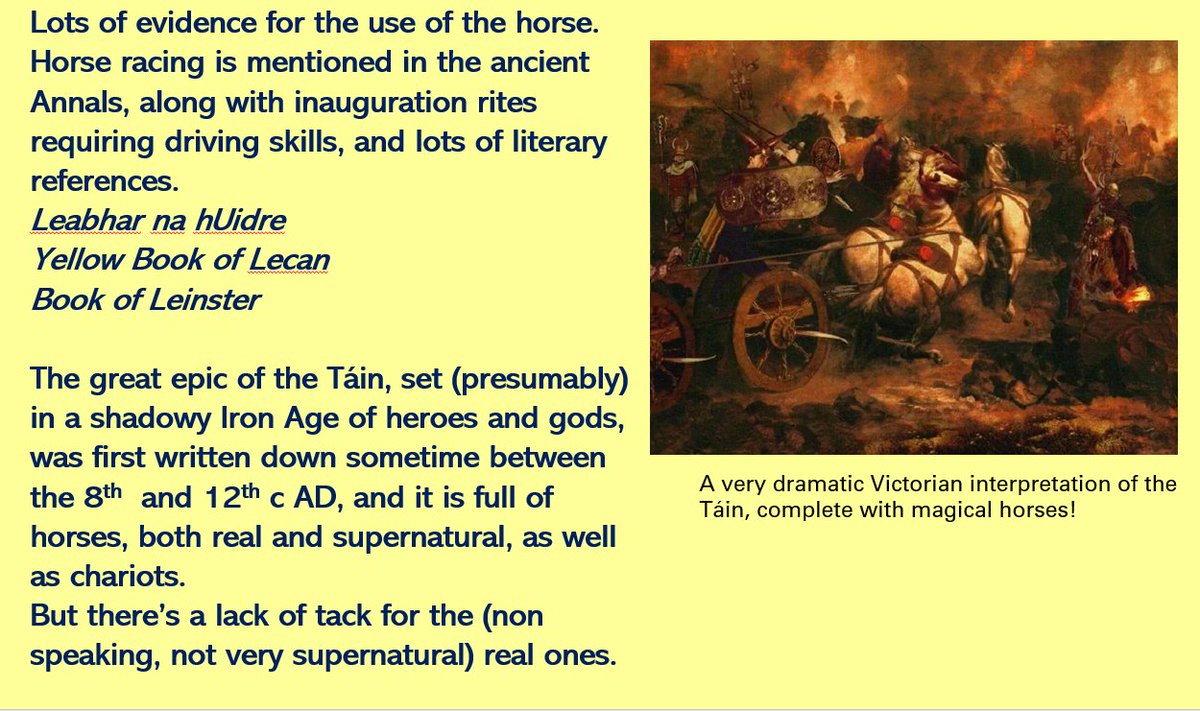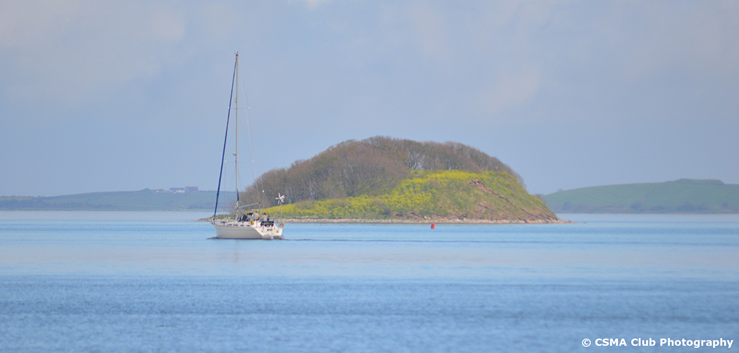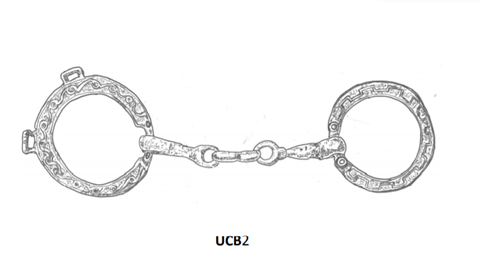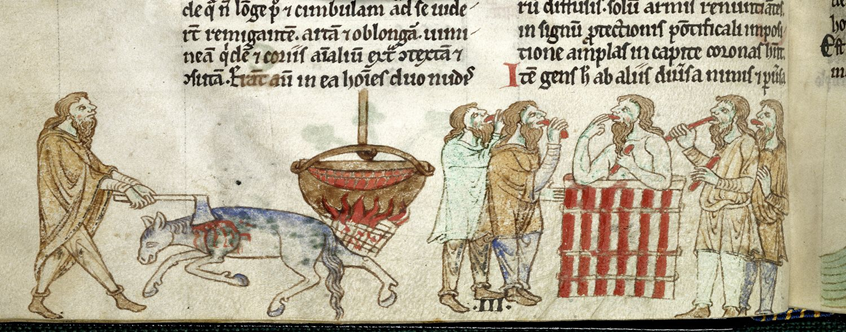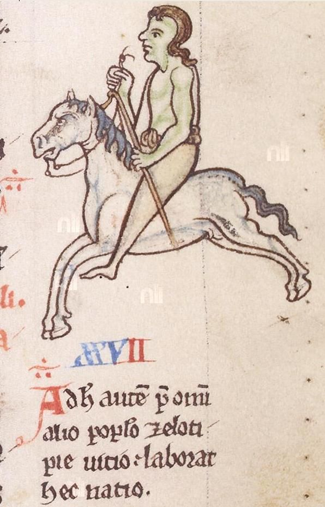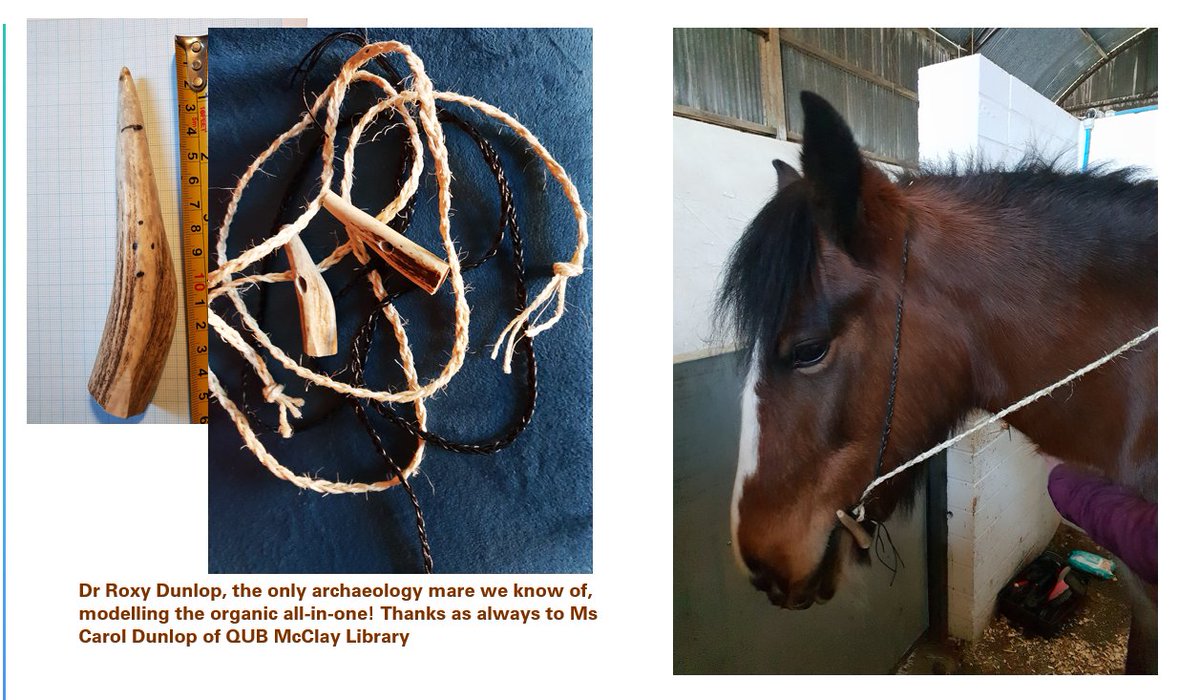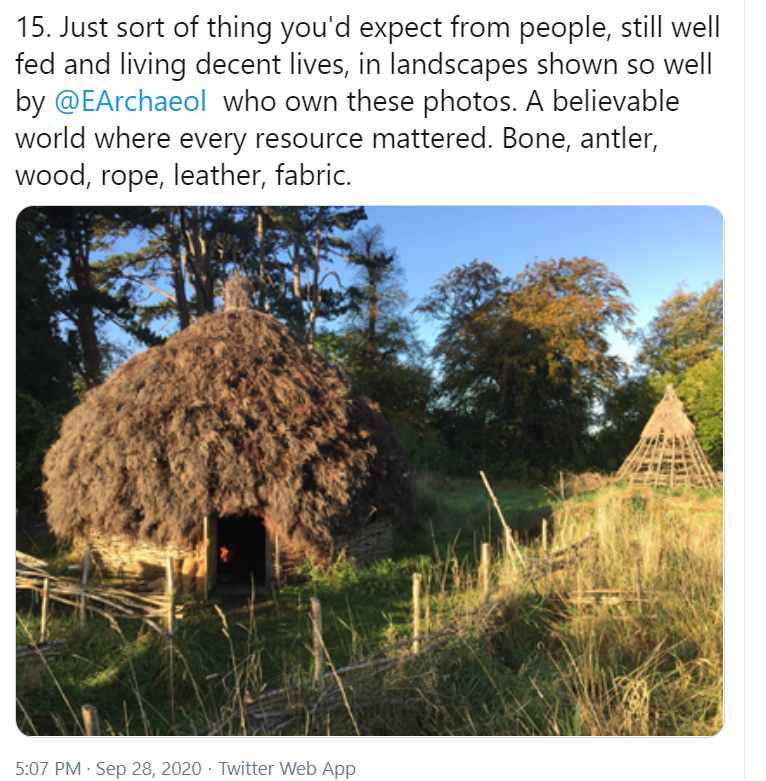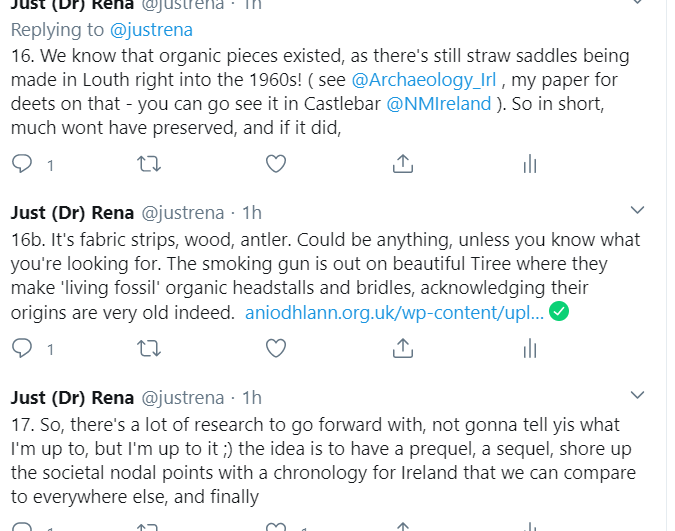LECTURE THREAD!
1. I felt genuinely awful that the talk on Friday didnt get recorded: if I& #39;d known how to, I& #39;d have done it meself, but sure, everyone is a rookie in new ways of communicating these days. So, not the same thing, but a tweet-talk!
1. I felt genuinely awful that the talk on Friday didnt get recorded: if I& #39;d known how to, I& #39;d have done it meself, but sure, everyone is a rookie in new ways of communicating these days. So, not the same thing, but a tweet-talk!
2. In this, we& #39;re going to have a brief overview of Iron Age equitation, and look at it as something functional, not ritual at all! and then move into that funny smudgie time between & #39;pagan& #39; Ireland and & #39;converted& #39; Ireland. Then ask questions about why we arent finding tack
3. The humans who hopped on a horse, or tied to to a set of wheels gained advantage in trade, speed, war and status. From Sintashta to WW1, the horse is right there, and furthered our achivement of reachiing that further horizon. Yer man here, without
hosses, he& #39;s going nowhere
hosses, he& #39;s going nowhere
4. It& #39;s odd then that nobody rfeally studies the stuff that made the horse go in the direction, and do the jobs that people wanted - loriinery. The art of making bits, spurs, small metal items of tack. Oh and as an informative thingie, here& #39;s a diagram of tack/harness.
5. Most people think of the iconic Late Iron Age stuff, like this Y-piece from Clare @ArmRLib or the fabulous snaffles on view in @NMIreland . That& #39;s what you hope to bring up from an excavation, but tack doesnt always look the same. Resources/fashion/society can change looks
6. The Iron Age has lots of tack, and no pony tales - early medieval has the stories ( even talking, cryin& #39; , fightin& #39; ones!) but no tack. Le sigh. Archaeology, eh? early med also the time when the first written versions of old stories were being made by clerics. Of course..
7a. they added their own version, cos that& #39;s how stories go. Hollywood reboots, setting old stories in new circumstances. This was also why you have so much emphasis on chariots of the Iron Age... we dont have a *lot* of evidence ( but there is some... coming soon!) for that
7b. in the LIA, but as I say, that& #39;s another peer review couplet coming! Anywa, the early medieval certainly has wheeled vehicles, and no doubt some meant to go fast, and impress, and others to plod on peacably! We know this from the carvings on HIgh Crosses (Ahenny,Tipp,
8.(7b Ahenny by R Stalley, Creative commons http://tara.tcd.ie"> http://tara.tcd.ie ) See the wee dog too? But we cant see the tack. What are they using? We have v little metal tack, apart from & #39;Germanic& #39; 6/7th c AD key-style single joint snaffles of Lagore crannog (Hencken 1950, Fig. 36, 354).
8b. Other fragments of iron bits from Lagore + Derryhollagh are of a type so common they have been made from the start of the Iron Age, across Europe and Eurasia, and are still made today, making them difficult to date.
8c.Many high-status crannogs, like Lagore and Moynagh have evidence of metal-working and crafts being carried out in situ, producing small, beautifulthings, so we can presume if they had wanted to make replicas of the Late Iron Age equipment, they had all the skills to do so.
9. But had they the resources? or had society shifted rapidly (as we see it can, in our own time) that you just didnt do that show-off thing of the pagan Iron Age on your horses unless you were very well to do. Crith Galbach a text detailing social status and how you showed it
9b. has & #39; bronze bridles with red enamel& #39; insets as one of the desireable things to have if you& #39;re a well off farmer. Though the absence of such pieces maybe makes it more aspirational than actual! Also, it& #39;s very retro, as the red enamel is seen more in LIA bits and Y-pieces!
9c. Could there have been a disruption in scrap or ore supplies, or was alloyed metalwork kept for special things and special people? Church and high-status members of society perhaps? All of the above? In Ireland, trade in European goods declined/changed 6th and 7th centuries
10. coastal trading posts such as Dunnyneill Islands, Kilclief ceased until Viking period (McCormick et al., 2002, 51-56). Such a disruption in trade may have meant that each piece of scrap copper alloy which could be melted down and reformed would be eked out as needed.
11. Maybe the best story is told by the Killeevan bit, held in the Treasury section of the @NMIreland . Go examine it and it& #39;ll tell you some things. it& #39;s made up of a whole load of mixed and matched pieces of other bits from different times ( image mine from my catalogue)
11b. the cheek rungs are v early med in style, with that red enamel, but the overall use wear is utterly insane, and I dont think it really could have been used for any length of time with safety. It tells of recycling, sticking together anything still useable. Hard times?
12. Nothing happens in a vacuum, we& #39;ve seen with Corona, Brexit, US fascism, when one societal wobble happens, there& #39;s a knock on effect. The butterfly effect, they call it. Earl;y med, ideologies are changing, Christianity is present and for some it& #39;s expedient to convert
12b.the horse =kingmaker, in that its flesh was consumed at inaugurations, though not likely as lurid as old Welsh Gerry ( Geraldus Cambrensis) likes to relate about Donegal. I& #39;ve a feeling he was a bit like a Tory walking through Glasto or Burning Man, not really & #39;getting& #39; it.
12c. the christian church may well have felt that the horse as feast/kingmaker was a wee bit too near the transubstantiation of mass, and this could account for the vehement clampdown on horsemeat consumption. There may have been encouragement
12d. to turn the horse into a beast of burden, under human domination a la Bible instructions, thus removing its somewhat liminal status!If you wanted to be seen to be an upstanding Christian, then animals served you. Stripping the finery off the animal, unless you& #39;re royalty?
13. Irish early medieval tack, then, may be very different from LIA, or the well-to-do crannog-dwellers copying nice things from Europe.
The truth is, it may not even be recognized in the archaeological record.
The truth is, it may not even be recognized in the archaeological record.
13b. Cambrensis describes how the medieval Irish rode horses. They “use reins which serve the purpose both of a bridle and a bit”. This may be v similar to what **might** have been going on in the Late Bronze Age of Ireland ( though we dont really know! It& #39;s a tentative maybe)
13c. Experiment carried out to see how this would work, as it may have been based on a much older bridle assemblage. @exarc_net
https://exarc.net/issue-2019-3/at/lets-do-tine-warp-again
Oh">https://exarc.net/issue-201... lawd there& #39;s Dr Roxy Dunlop and her mam, @carol199 !
https://exarc.net/issue-2019-3/at/lets-do-tine-warp-again
Oh">https://exarc.net/issue-201... lawd there& #39;s Dr Roxy Dunlop and her mam, @carol199 !
14. It works reasonably well, and all it would need would be some punctuations of metal mounts, to add a wee bit of style. Ticks G Cambrensis& #39; descriotion of reins which are both bridle and bit - its all one long plaited piece of rope/leather
https://twitter.com/justrena/status/1310612124138459139?s=20">https://twitter.com/justrena/...
https://twitter.com/justrena/status/1310612127896539136?s=20">https://twitter.com/justrena/...

 Read on Twitter
Read on Twitter
